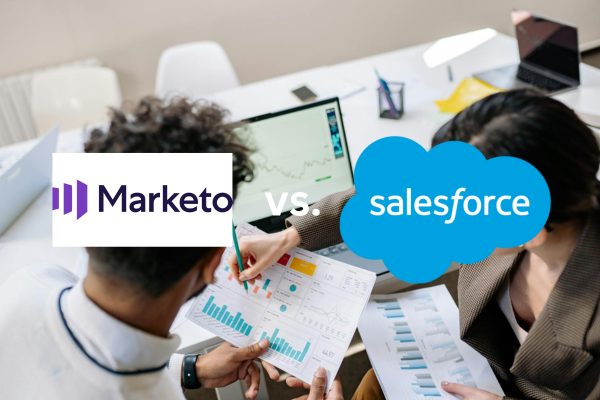By now, most of the manufacturing world is aware of digital transformation’s industrial impact. For those who acknowledge the benefits, embarking on a journey with a digital roadmap firmly in hand will generate positive results. But for those who have not begun their journey — whether because they haven’t yet found a suitable starting point or simply don’t grasp the enormous opportunities in store — the clock is ticking.
There is not a single area in the manufacturing process that has not been affected by the “Industry 4.0” digital revolution. From the factory floor to the front office, Enterprise Resource Planning and Customer Relationship Management software platforms are facilitating measurable efficiency gains which, in turn, benefit top and bottom lines in small, medium, and enterprise-level companies around the world.
Re-Imagining The Supply Chain for the Digital Era
One of the most critical elements to a manufacturing operation is its supply chain. A well-managed supply chain ensures that product is manufactured properly and delivered without interruption to customers.
‘Supply chain’ is the appropriate moniker; each supplier in the network of suppliers is a link in the chain that serves the manufacturer. And, as they say about chains, they always break at the weakest link. In the (not so distant) past, supply chains were concerned with the availability, movement and cost of raw materials. Today, thanks to digital transformation, supply chains have pivoted to focus on the management of data, services, and, of course, products.
IDC refers to the modern supply chain as a “thinking” chain, “one that is intimately connected to all data sources, enabled with comprehensive and fast analytics, openly collaborative through cloud-based commerce networks, conscious of cyberthreats, and cognitively interwoven.”
That’s a mouthful, to be sure — but the point is that supply chain management has evolved the ‘where’ and ‘when’ of raw material supply to a much higher level through the gathering and analysis of data. IDC reports that, in 2018, supply chains had 50 times more data available to them than just five years previously.
Data is useless unless it’s analyzed. It’s like a guitar that’s never played; there’s no music.
Supply Chains Newly Powered by ERP and CRM
Here, the power of ERP/CRM software integrations comes to the fore. Minute by minute, AI-powered algorithms collect hoards of data from each ‘link’ in the supply chain, then analyze the compiled information for key insights and recommendations.
A clear example of how such a data-linked and data-driven supply chain can benefit a manufacturer can be found in weather predictions.
Every summer and stretching into November, the potential for hurricanes in the Caribbean is high. True, not every hurricane season produces hurricanes — however, a constant examination of regional weather data can generate high probability forecasts and alert all suppliers in a supply chain to adjust accordingly for potential delays or outright disruptions in the flow of raw material or finished product.
Likewise, an AI-driven prediction of a spike in gasoline prices could warn distributors of the potential for dramatically higher transportation costs and incept a change to production and material delivery schedules.
In The End, It’s The End User
The elephant in the room amid this discussion, of course, is the customer. No one would care about delivery dates, inventory interruptions or quality control if there were no customers. Of course, there would be no business, either. The whole point of incorporating AI into the manufacturing supply chain is to cultivate a competitive advantage, stronger bottom line — and better customer experience.
It’s vital to remember that just as manufacturing is being changed by the driving force of technology, so too is the customer accustomed to having product information, arrival dates, invoice details, and price quotes delivered directly to their smartphones.
Where To Begin?
The task of reformulating a supply chain so that every supplier is optimizing the available technology is large — but achievable. The rewards for doing so will pay dividends for many years to come.
A streamlined supply chain, driven by and responsive to data, is a boon to any manufacturer. Sometimes, though, it’s difficult to know where to begin. To that end, Gerent has produced a free white paper entitled “A Digital Transformation Roadmap for Manufacturers” to provide some counsel on establishing a starting point and taking the initial steps on the digital journey.










